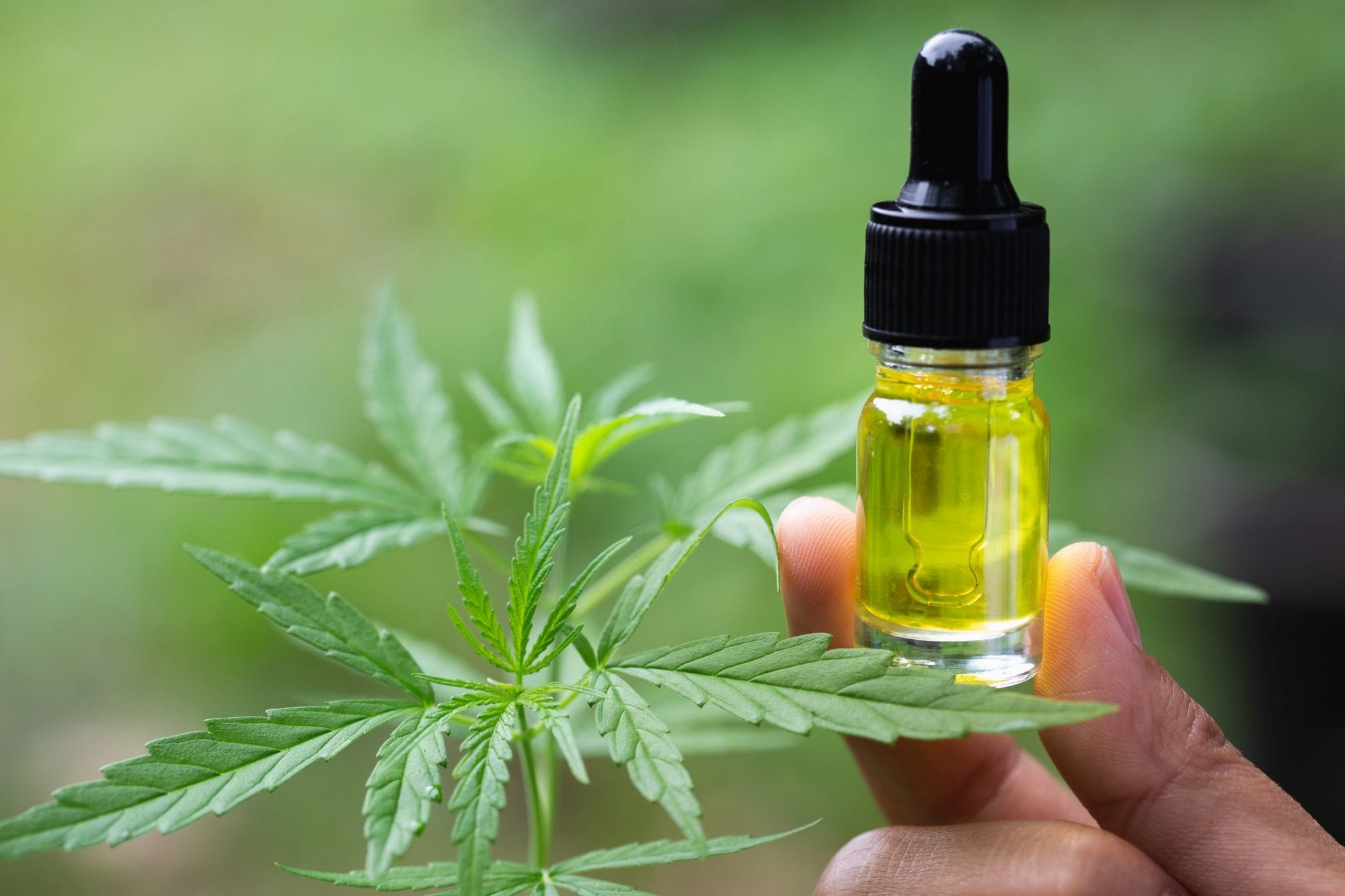
Cannabichromene (CBC) may sound like a new term to many, but it was actually discovered in 1966 by Dr. Raphael Mechoulam and Y. Gaoni. It is a non-intoxicating cannabinoid found in the hemp plant. Cannabichromene is used to make therapeutic hemp-based products such as CBC oil, tinctures, edibles, as well as cartridges.
It needs to be mentioned that research into Cannabichromene (CBC) and its effects on the human body are still limited at this point. But, the product has been associated with reducing inflammation, improving your mood, as well as reducing pain and swelling.
What does Cannabichromene (CBC) do
CBC works with the body’s receptors that are associated with inflammation as well as pain responses. CBC works with and supports the body’s endocannabinoids.
How does CBC help
CBC has caught the attention of scientists due to its many therapeutic benefits:
- Inflammation/pain
- Mood
- Sleep disorders
- Neuroprotection
- Skin conditions
CBC can be used in three different ways. CBC can be administered as a tincture under the tongue. It is passed into the bloodstream and the effects are noticeable almost immediately. This is one of the most popular methods of administering CBC. Alternatively, CBC can be taken with food or a beverage. This method is best for individuals who do not agree with the taste of the oil and wish to mask it through food or beverages.
And, finally, CBC can be applied directly to the skin. This method is most successful for candidates who experience pain or inflammation and would like to apply the oil directly to the affected area.
As mentioned before, while research is still very limited for the time being, current findings seem to be very promising. And, while there are some similarities in terms of origin, the uses and effects of CBD and CBC are different. Though the two may be used together to enhance the effects.


